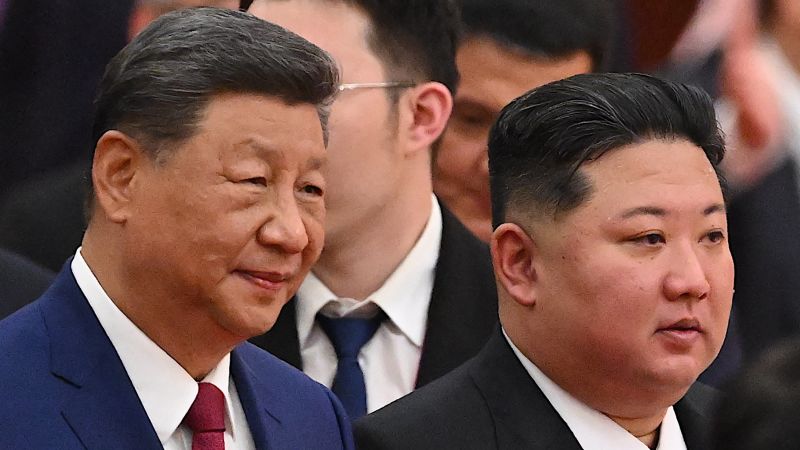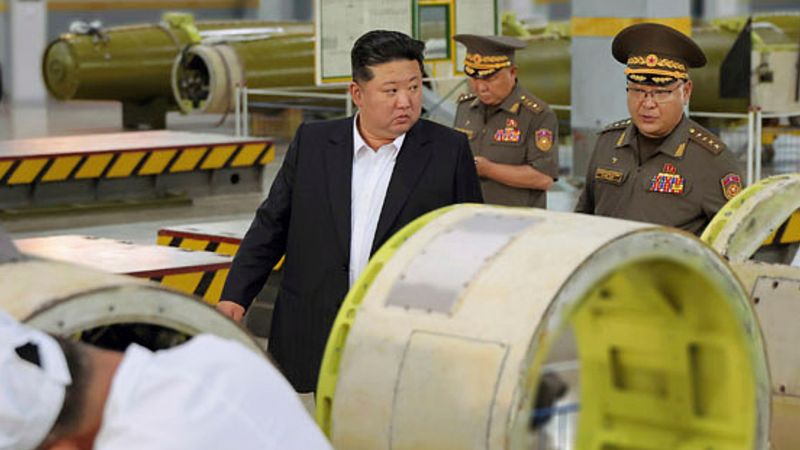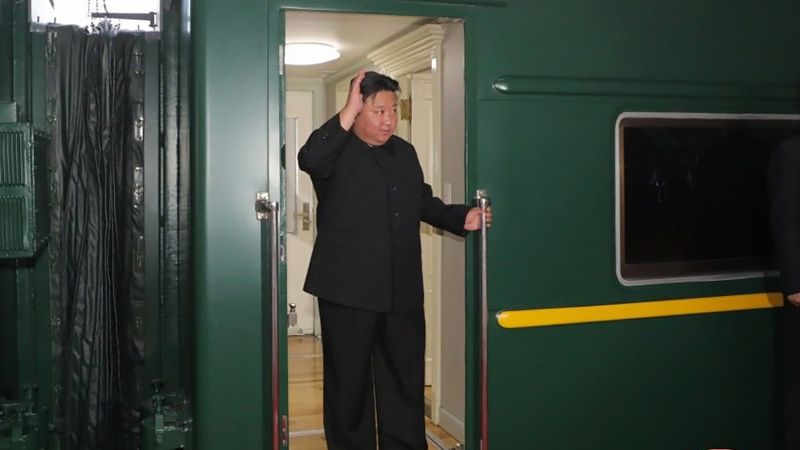
Kim Jong Un Receives Diplomatic Recognition at Xi Jinping's Military Parade in Beijing
Politics | 9/10/2025
During Xi Jinping’s recent military parade in Beijing, Kim Jong Un garnered significant diplomatic recognition, marking a potential milestone in North Korea’s quest for acknowledgment as a nuclear power. The event, attended by over two dozen foreign leaders, showcased a strategic alignment between Kim and Xi, with the latter’s invitation to the parade seen as a symbolic gesture of support towards the North Korean leader’s aspirations.
This development comes against the backdrop of North Korea’s persistent efforts to establish itself as a nuclear power on the global stage. The parade’s timing and scale underscored China’s willingness to bolster ties with North Korea, a relationship that has faced scrutiny amid regional security concerns and international sanctions targeting Pyongyang’s nuclear ambitions.
Unnamed diplomatic sources noted the symbolism behind Xi’s invitation to Kim, indicating a diplomatic nod towards North Korea’s nuclear status aspirations. While China has historically supported denuclearization efforts on the Korean Peninsula, this gesture suggests a nuanced shift in Beijing’s stance towards Pyongyang’s nuclear ambitions.
The strategic implications of this display of diplomatic support for Kim by Xi raise questions about the broader geopolitical dynamics in the region. While some experts view this move as a potential destabilizing factor in regional security, others argue that it could serve as a catalyst for renewed dialogue and negotiations on denuclearization efforts in East Asia.
As the international community observes these developments closely, the interaction between Kim and Xi at the military parade underscores the evolving geopolitical landscape in Northeast Asia. The implications of China’s apparent recognition of North Korea’s nuclear aspirations could have far-reaching consequences for regional security and diplomatic relations, shaping the dynamics of future negotiations and strategic alignments in the region.


